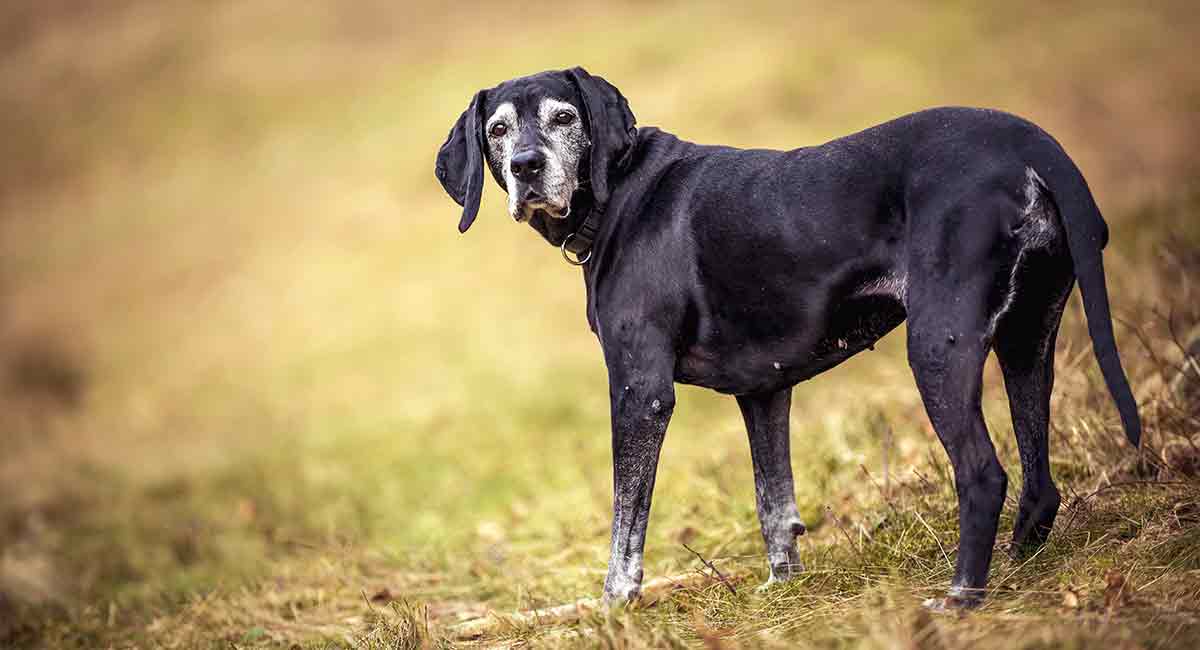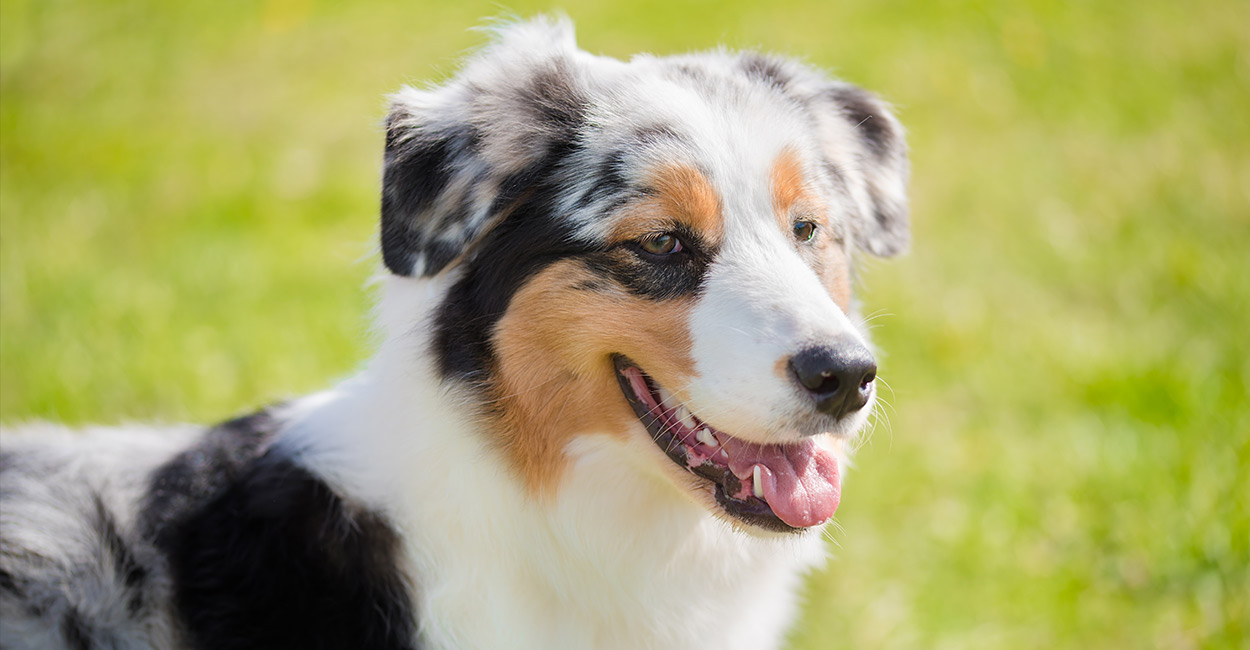Our complete guide to caring for an old Vizsla will help you enter their golden years with confidence. We’ll look at when a Vizsla officially counts as old, the most nutritious diet for elderly dogs, how to exercise them safely, and how to protect their health for as long as possible. How long do Vizslas …
Old Vizsla – How To Give Your Senior Dog The Best CareRead More



